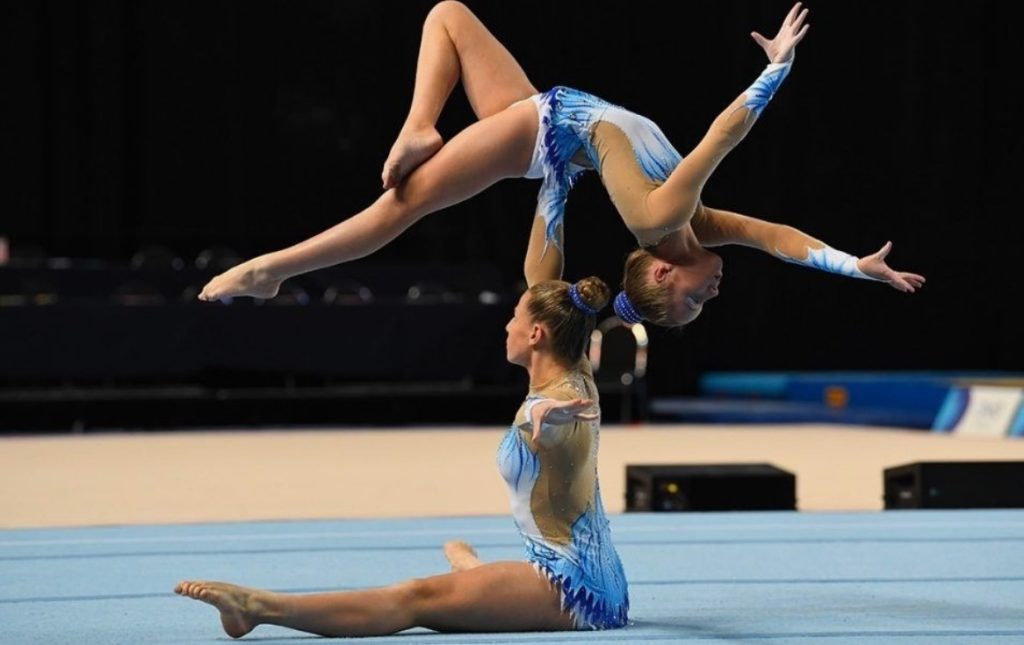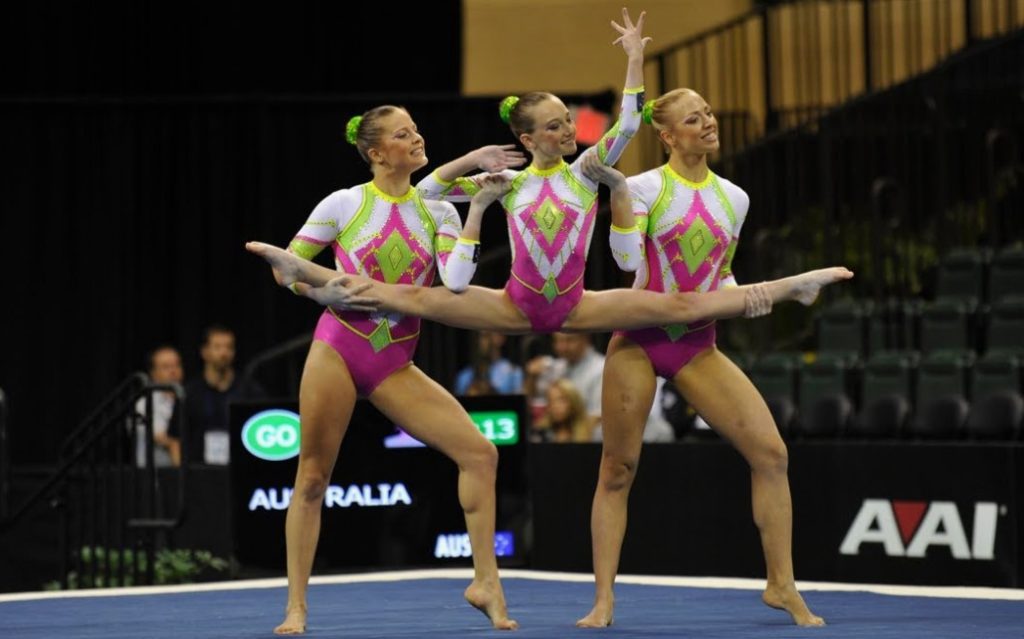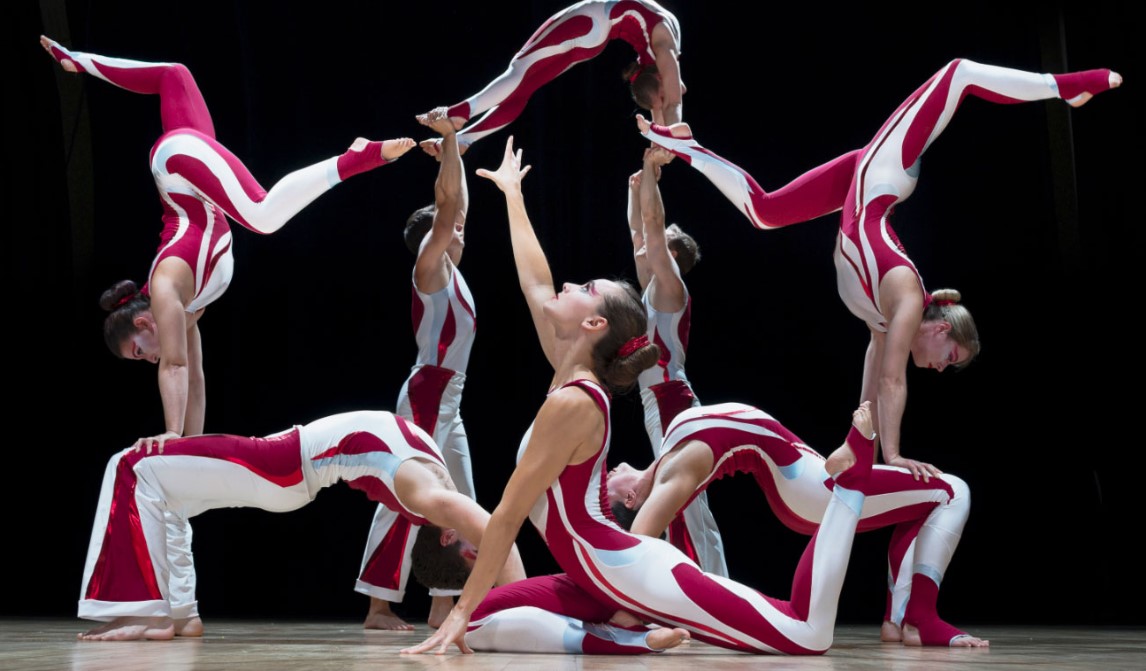Early Beginnings of Acrobatics
Acrobatics has a long and rich history, with evidence of its practice dating back thousands of years. Ancient civilizations, such as Egypt, China, and Greece, displayed forms of acrobatic performances in their cultural and religious ceremonies. The Egyptians, for instance, depicted acrobats in tomb paintings and carvings, showing them engaging in activities that required significant physical prowess and flexibility. Similarly, ancient Chinese acrobatics, known as “Za Ji,” were performed as early as the Xia Dynasty (2070-1600 BCE), featuring acts like balancing, contortion, and juggling.
Evolution Through the Ages
As societies evolved, so did the practice of acrobatics. In Ancient Greece, acrobatics were integrated into festivals and competitions, often associated with their love for physical culture and athletics. Roman circuses also featured acrobatic acts, which were a significant part of public entertainment.
During the Middle Ages, acrobatics became an essential component of traveling minstrel shows and fairs across Europe. These performers, known as jugglers, tumblers, and jesters, entertained crowds with their agility and dexterity. The Renaissance period saw a further evolution of acrobatics, with performances becoming more refined and artistic, setting the stage for the modern circus.
The Birth of the Modern Circus
The modern circus, as we know it, began in the late 18th century. Philip Astley, a former cavalry officer, is credited with founding the first modern circus in 1768 in London. Astley combined equestrian tricks with acrobatic feats, clowns, and musicians, creating a new form of entertainment. His format was soon replicated across Europe and America, leading to the proliferation of circus companies.
In the 19th and early 20th centuries, the circus reached its golden age. Pioneering circus companies like Barnum & Bailey and the Ringling Brothers incorporated a variety of acrobatic acts into their shows. Trapeze artists, tightrope walkers, and tumblers became household names, drawing large audiences and shaping the public’s perception of acrobatics as a performance art.

The Rise of Contemporary Acrobatics
The latter half of the 20th century saw significant changes in the world of acrobatics. Traditional circuses began to decline due to changing public tastes and the rise of alternative forms of entertainment. However, this period also witnessed the birth of contemporary circus, a genre that emphasizes artistic expression, narrative, and theatricality.
Cirque du Soleil, founded in 1984 in Quebec, Canada, played a pivotal role in this transformation. It reimagined the circus by focusing on a blend of acrobatics, dance, music, and storytelling. This approach resonated with global audiences and revitalized interest in acrobatics as an art form. Contemporary circus companies worldwide adopted similar models, further pushing the boundaries of acrobatic performance.
Acrobatics in the Middle East and UAE
The Middle East, particularly the UAE, has embraced acrobatics in various forms, integrating it into its burgeoning entertainment and cultural sectors. Dubai, known for its grandiose events and attractions, has become a significant hub for acrobatic performances. Events like the Dubai Shopping Festival and Global Village regularly feature international acrobatic troupes, showcasing diverse styles and acts.
In addition, venues such as La Perle by Dragone in Dubai present permanent shows that highlight the artistry and skill of acrobatics. La Perle, in particular, combines aquatic and aerial acrobatics, providing a unique and immersive experience for audiences. These developments underscore the UAE’s commitment to establishing itself as a premier destination for world-class entertainment.
The Impact of Technology on Acrobatics
Technological advancements have significantly influenced the evolution of acrobatics. Innovations in stage design, lighting, and special effects have enhanced the visual appeal and safety of acrobatic performances. High-definition projections, synchronized LED lights, and advanced rigging systems allow for more complex and breathtaking acts.
Safety equipment has also seen substantial improvements. Modern harnesses, nets, and crash mats ensure that performers can execute daring stunts with reduced risk. These advancements have enabled acrobats to push the boundaries of what is possible, continually setting new standards for the art form.
Training and Education in Acrobatics
The training required for acrobatic performance is rigorous and demanding. It involves a combination of strength, flexibility, endurance, and precision. Many acrobats start their training at a young age, often in gymnastics or dance, before specializing in acrobatics.
Professional training programs and academies have emerged worldwide, offering comprehensive curriculums that cover various acrobatic disciplines. In the UAE, institutions like the Dubai Circus School provide training for aspiring acrobats, offering courses that range from beginner to advanced levels. These programs help cultivate local talent and contribute to the growth of acrobatics in the region.

The Role of Acrobatics in Cultural Exchange
Acrobatics, as a performance art, has always been a medium for cultural exchange. International festivals and competitions bring together acrobats from different backgrounds, fostering a global community of performers. Events such as the International Circus Festival of Monte-Carlo and the Wuhan International Acrobatic Art Festival showcase a wide array of acrobatic styles and traditions.
In the UAE, the multicultural environment provides a fertile ground for such exchanges. Dubai, with its diverse population, hosts numerous international events that celebrate acrobatic arts. This cultural interplay enriches the local entertainment scene and promotes understanding and appreciation of different artistic traditions.
Future Trends in Acrobatics
The future of acrobatics looks promising, with new trends and innovations on the horizon. There is a growing interest in combining acrobatics with other art forms, such as digital media, virtual reality, and interactive technology. These integrations offer new ways to engage audiences and create immersive experiences.
Sustainability is also becoming a focus within the industry. Efforts are being made to design environmentally friendly sets and costumes, reduce waste, and minimize the carbon footprint of performances. This shift aligns with global trends towards more sustainable practices in the arts and entertainment sectors.
Moreover, the rise of social media platforms has provided acrobats with new avenues to showcase their talents. Platforms like Instagram and YouTube allow performers to reach wider audiences, share their training routines, and build personal brands. This digital presence complements traditional performances and expands the reach of acrobatics.
Adult Acrobatics: A Growing Trend
While traditionally associated with youth and early career performers, acrobatics is increasingly attracting adults seeking new forms of fitness and self-expression. Adult acrobatics classes are becoming popular in gyms and fitness centers worldwide, including in the UAE. These classes offer a challenging yet rewarding way to build strength, flexibility, and coordination. They also provide a sense of accomplishment and community, as participants work together to master complex movements and routines.
Conclusion
Acrobatics has evolved from ancient rituals to a sophisticated performance art celebrated worldwide. Its history is marked by continuous adaptation and innovation, reflecting broader cultural and technological shifts. The UAE, particularly Dubai, has embraced acrobatics, integrating it into its vibrant entertainment landscape and fostering a space for cultural exchange. As the art form continues to evolve, it remains a testament to human creativity and physical capability, captivating audiences and inspiring future generations of performers.

Skydiver, maker, audiophile, Vignelli fan and TDC honorary member. Working at the nexus of simplicity and mathematics to craft experiences both online and in real life. I sometimes make random things with friends.
